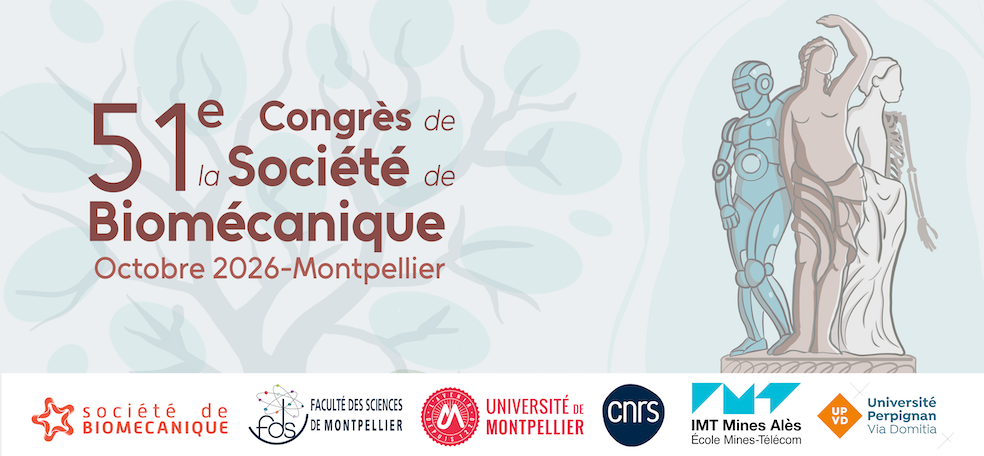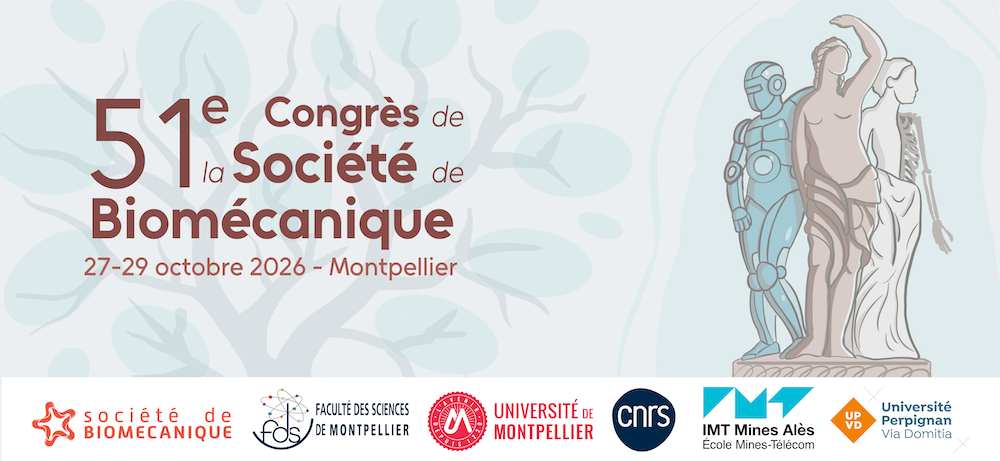Natalia Mühl Castoldi soutiendra sa thèse réalisée au MSME (CNRS, Université Paris-Et Créteil) et à la Queensland University of Technology à l'UPEC (Créteil) et en visioconférence.
Titre : Modélisation de la croissance et du remodelage de la colonne vertébrale : intégration de données expérimentales dans la modélisation et la simulation multi échelles pour améliorer la compréhension des conditions saines et pathologiques.
Direction : Vittorio SANSALONE, Peter PIVONKA
Résumé : Humans possess a distinct feature among vertebrates – an upright posture that enables bipedal locomotion. However, this evolutionary adaptation has led to certain drawbacks, particularly in the form of spinal diseases exclusive to humans, such as adolescent idiopathic scoliosis and osteoporosis. While both diseases can have a lifelong impact, they are highly correlated with our growth period. For example, adolescent idiopathic scoliosis is the most common spinal deviation in children and adolescents, and the risk of developing osteoporosis is reduced with increased bone mass in childhood. The relevance of growth-related pathologies highlights the need for a good understanding of the respective changes in the spinal shape (growth) and bone tissue structure (remodelling), which are poorly understood in the paediatric population.
Hence, we aim to contribute to the understanding of the mechanisms related to growth and remodelling of the spine by combining experimental, theoretical, and numerical analyses. We investigate the evolution with age of the vertebral shape and density using a statistical shape and appearance model of the fourth lumbar vertebra. Additionally, we propose a discrete statistical remodelling model of the trabecular bone to study the effects of mineralisation kinetics and remodelling activation frequency on bone remodelling. Furthermore, we propose an anisotropic three-dimensional growth model, that is thermodynamically consistent and capable to respond to effects of the mechanical and the biochemical environment. Ultimately, we identity and apply the mechanism linked to spinal growth as observed on our previous investigations to model physiological vertebral growth.
Lieu de soutenance : Salle P2-131 Bâtiment P sur le site de l’UPEC
Lien visio : Contacter




